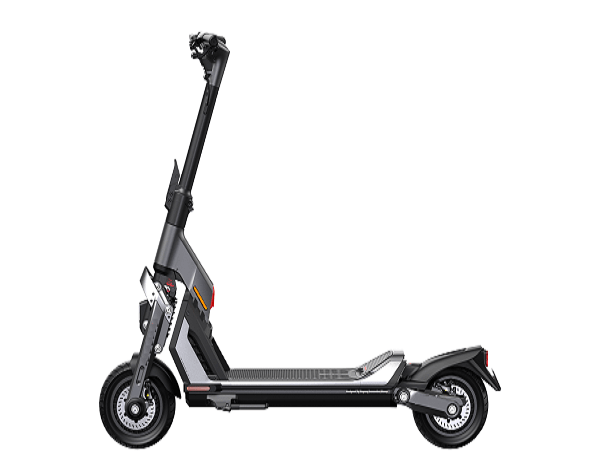 e-Kick scooter (600 W−1.5 kW)
e-Kick scooter (600 W−1.5 kW) 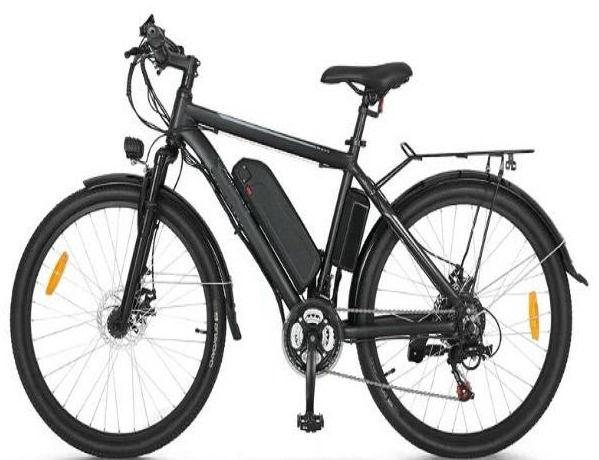 Electric bike(250−900 W)
Electric bike(250−900 W) 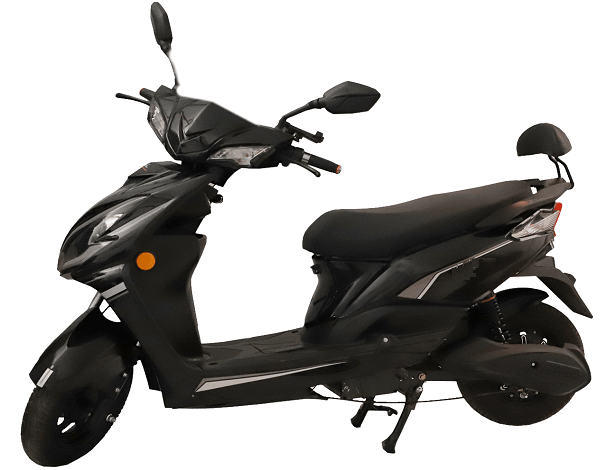 Electric two-wheeler (400 W−4 kW)
Electric two-wheeler (400 W−4 kW) 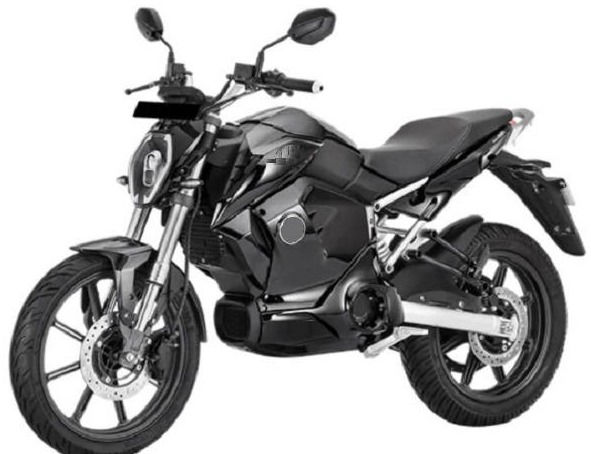 Electric motorcycle - Asia: (3−25 kW)
Electric motorcycle - Asia: (3−25 kW) 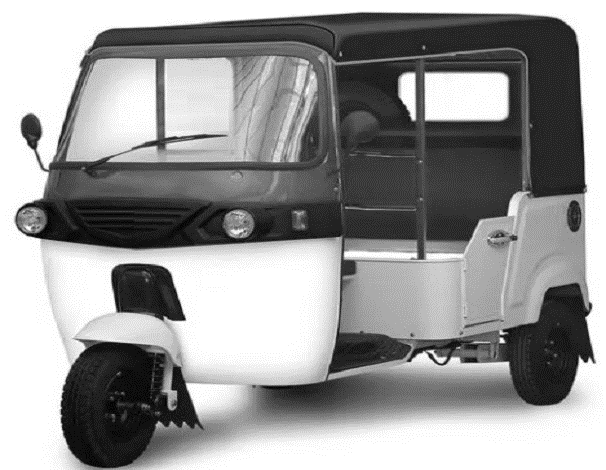 Electric three-wheeler (2−8 kW)
Electric three-wheeler (2−8 kW) 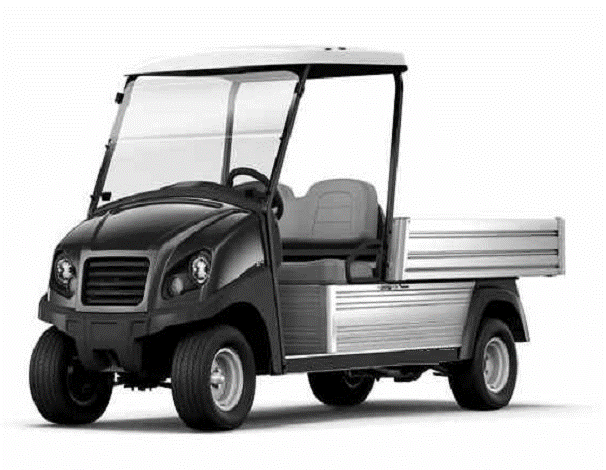 Electric utility vehicle (5−20 kW)
Electric utility vehicle (5−20 kW) EVAM™, creating cosmic confluence of products to cater the electric mobility market.
ALP devices energize, control and protect through its discrete semiconductor solution.
Its power diodes range help the control module designers the ample choice to select components that work efficient rectification.
Its Power MOS range helps the drive technology to perform to lengthen the battery life as much as possible.
ALP protection solutions prevent surges from affecting the system by minimizing its impact.
ALP as a EVAM™ partner developing newer technologies to enable futuristic designs possible as envisioned by engineers.
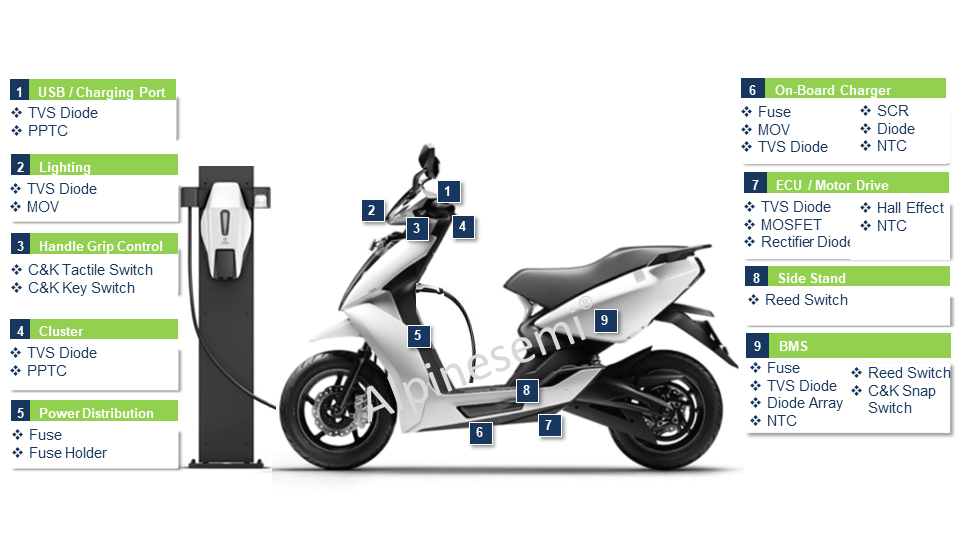
FUSE
TVS Diode
Fuse
HV DC Contactor Relay*
TVS Diode Array
Reed Switch
C&K Switch
Solid State Relay**
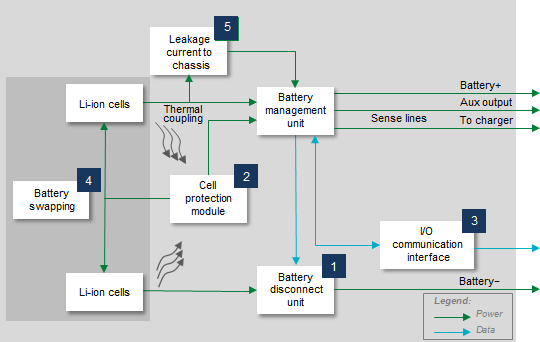
High-Current Fuse
Low-Current Fuse
PPTC
TVS Diode
Schottky Diode
Thermal Protector
Si / SiC MOSFET
MOSFET Module
Gate Driver
Temperature Detection
NTC
NTC
Hall Effect Sensor
TVS Diode Array
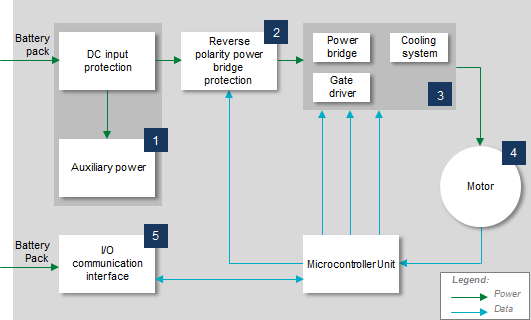
AC Fuse
Thyristor
MOV, SIDACtor
Si / SiC MOSFET
TVS Diode
Si / SiC Diode
DC Fuse
TVS Diode Array
TVS Diode
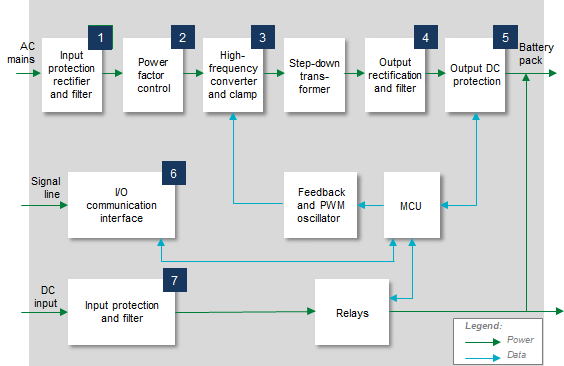
FUSE
Fuse Box and Fuse Holder** (12–24 V)
Fuse Box and Fuse Holder** (12–70 V)
TVS Diode
Temperature Indicator
NTC
TVS Diode
MOV
C&K Tactile Switch & Keyswitch
5 - Temperature Indicator
5 - PPTC
6 - PPTC
6 - Fuse
7 - TVS Diode Array
8 - Reed Switch
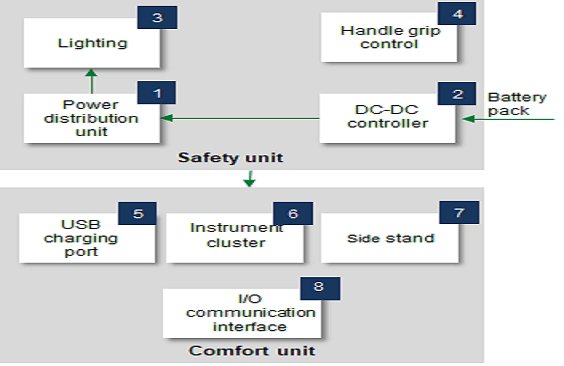
| Standard | Title | General scope | Region |
|---|---|---|---|
| UL 2849 | Outline of Investigation for Electric Bicycles, Electrically Power Assisted Cycles (EPAC Bicycles), Electric Scooters, and Electric Motorcycles | Standard covers the on-board electrical system, and vehicle systems (including the chargers and batteries) of eBikes, electric scooters, and electric motorcycles. | North America |
| IEC 62133-2 and
UL 62133-2 | Safety standards for Li-ion Secondary Cells and Batteries | IEC 62133-2:2017 specifies requirements and tests for the safe operation of portable sealed secondary Lithium cells and batteries containing non-acid electrolytes, under intended use and reasonably foreseeable misuse. | Global |
| UL 1642 | Lithium Batteries | Both safety standards deal with cells and small portable batteries. UL1642 deals with individual cells, while UL2054 is for small rechargeable battery packs. | North America |
| UL 2054 | Household and Commercial Batteries | Both safety standards deal with cells and small portable batteries. UL1642 deals with individual cells, while UL2054 is for small rechargeable battery packs. | North America |
| IEC 62281 | Safety of Primary and Secondary Lithium Cells and Batteries During Transport | This standard specifies test methods and requirements for primary and secondary (rechargeable) Lithium cells and batteries to ensure their safety during transport other than for recycling or disposal. | Global |
| JIS C8714 | Safety Tests for Portable Li-Ion Secondary Cells and Batteries | Covers safety testing of Li-ion storage batteries (single cell and multiple cell) for portable electronic devices. | Japan |
| ANSI C18.2M | Portable Rechargeable Cells and Batteries | Defines safety standards for portable cells and batteries. It is specific to two distinct chemistry systems: Li-ion and nickel. | North America |
| UN 38.3 | Recommendations on Transportation of Dangerous Goods (Li-Ion Batteries) | This standard applies to batteries transported either on their own or installed in a device (UN codes 3090/3091 for Lithium, 3480/3481 for Li-ion). | Global |
| BATSO 01 | Manual for Evaluation of Energy Systems for Light Electric Vehicle (LEV) Secondary Lithium Batteries | Specifies test methods for secondary Lithium batteries for safe use in light EVs. Transport safety tests are also specified. | Global |
Offline Website Builder